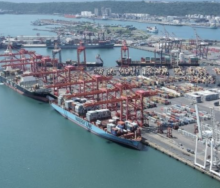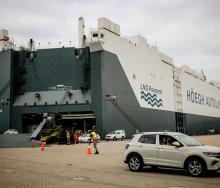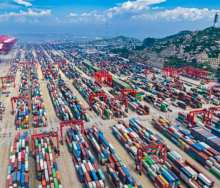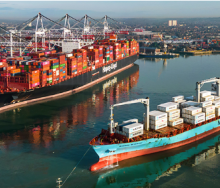In Africa more than 6-million jobs and US$67.8-billion in GDP are supported by aviation, according to a new report released today at the Aviation and Environment Summit in Geneva.
The report, Aviation: benefits beyond borders, was produced by the Air Transport Action Group (ATAG) and Oxford Economics. It outlines an industry that plays a larger role in both the African and global economy than many would expect.
"In Africa alone aviation directly employs over 250 000 people," saids Paul Steele, Executive Director of ATAG, the global association that represents air transport. "If we include indirect employment at suppliers to the industry, induced employment from spending by aviation industry employees and the jobs in tourism that air transport makes possible, this increases the regional figure to 6.7-m jobs. In addition, African economies derive substantial benefits from the spending of tourists travelling by air.
"Of course, aviation's economic benefits spread far beyond the monetary aspects outlined here. When you take into account the further benefits gained through the speed and reliability of air travel, the businesses that exist because air freight makes them possible and the intrinsic value to the economy of improved connectivity, the economic impact would be several times larger."
For Africa, forecasts indicate that passenger numbers are expected to almost triple from 67.7-m in 2010 to over 150.3-m in 2030. Meanwhile, cargo volumes are projected to rise at a rate of 5.2% per annum.
"The African continent can really take advantage of the benefits that aviation provides over the coming decades. Already, over 1.5-m livelihoods in Africa are supported through the trade in fresh produce to the UK alone.
Tourism is another area for potential growth, providing long-term sustainable development of the economy."
The report, available at www.aviationbenefitsbeyondborders.org, also outlined the role aviation plays at a global level, supporting 56.6-m jobs worldwide and US$2.2-trillion of the world's GDP. There are some 1 500 commercial airlines using nearly 24 000 aircraft to serve 3 800 airports around the globe.












